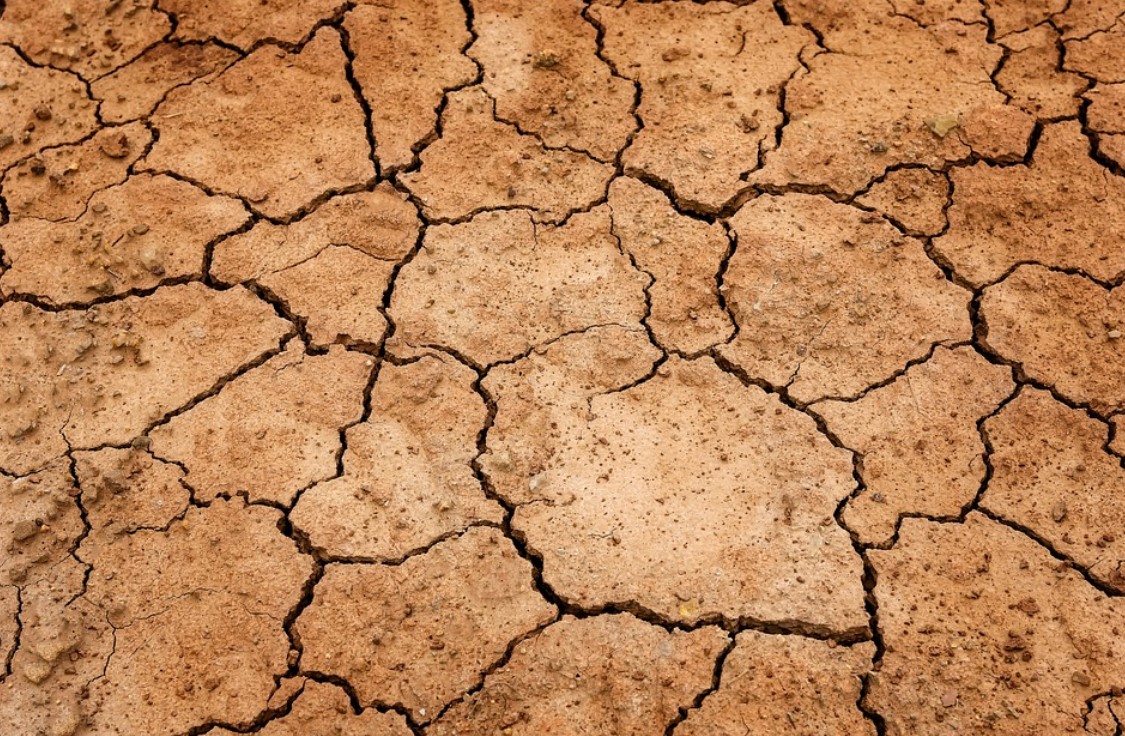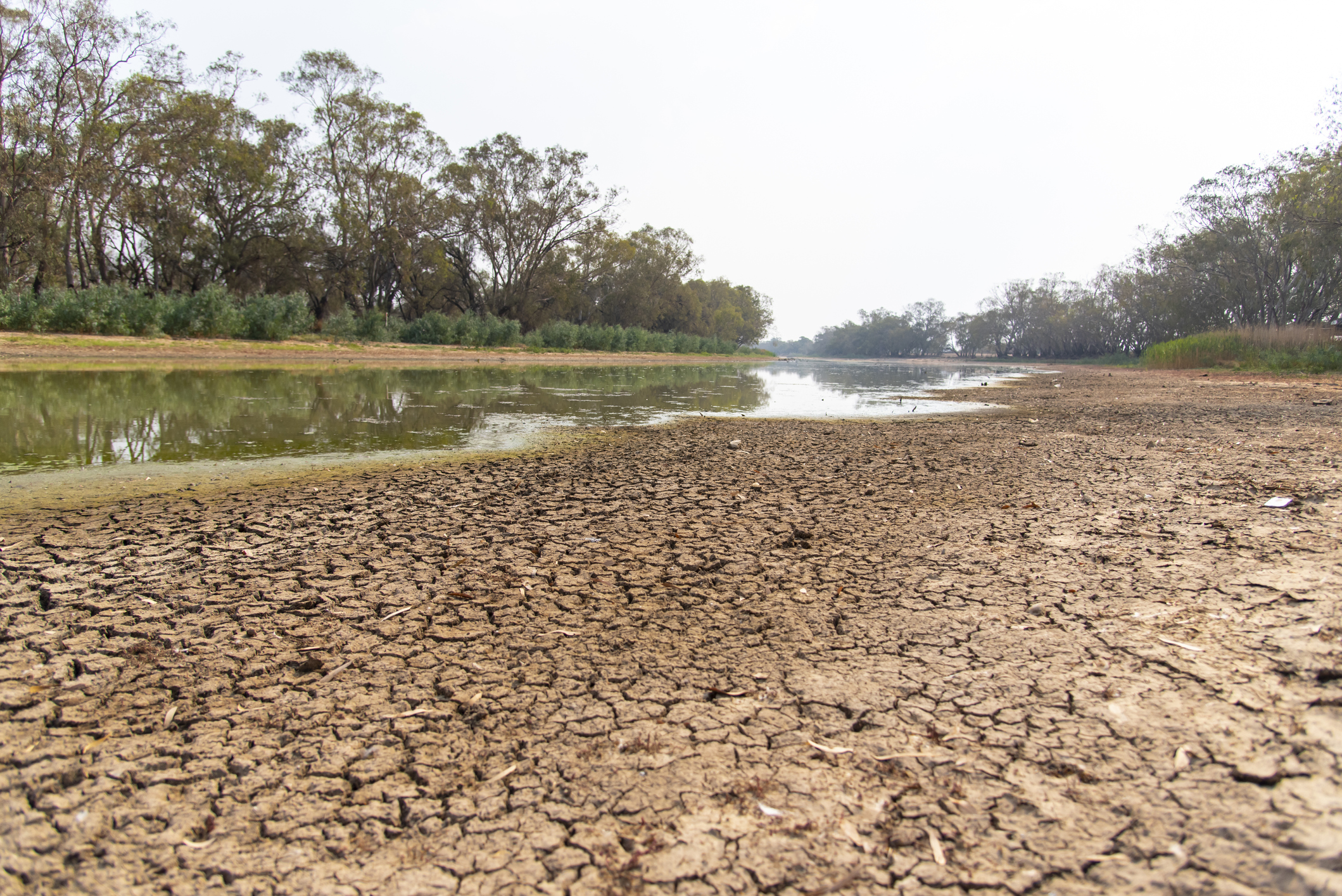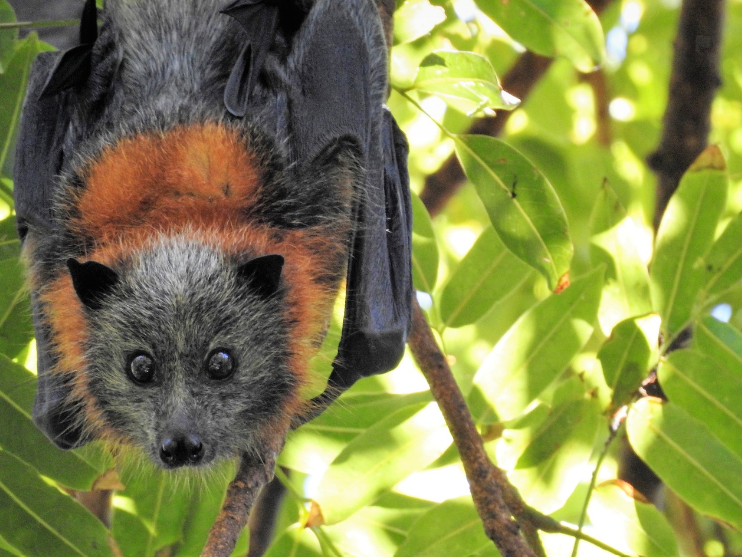Heatwaves in Australia: Causes, Impacts and Adaptation Strategies
Australia, a country renowned for its diverse landscapes and hot climate, is no stranger to heatwaves.
Characterised by prolonged periods of unusually high temperatures, Australian heatwaves have been responsible for more deaths and illnesses than any other natural hazard in the country including bushfires, tropical cyclones and floods.
As the global climate continues to change, understanding the nature, causes and consequences of these dangerous events becomes ever more crucial for the population.
What is a heatwave?
In Australia, a heatwave is defined by the Bureau of Meteorology (BoM) as three or more days of high maximum and minimum temperatures that are unusual for a particular location, based on the conditions observed in that location in the past 30 days, as well as the long-term frequency of those temperatures at that location.
Given Australia's vast size and varied geography, the specifics of what constitutes a heatwave can differ from one region to another.
The BoM has developed a "Heatwave Service" based on this classification, which identifies the severity of heatwaves, and issues a warning, relative to the level of severity:
- Low-Intensity Heatwaves are more frequent and consist of conditions that are unusual but might not have a significant impact on the general population.
- Severe Heatwaves are less frequent and more intense, in which conditions can have a more significant impact on vulnerable people (like the elderly or those with health conditions).
- Extreme Heatwaves are rare and potentially dangerous. These can pose a threat to most of the population who are not taking precautions to keep cool, as well as those who exercise or work outdoors.

Image: The BoM's HeatWave Service tries to fill in any cracks in our knowledge of these dangerous heat events. Source: Peter Herrmann via Pixabay.
What are the causes of heatwaves in Australia?
Australia's unique geography and position plays a significant role in the natural causes behind its heatwaves. Positioned squarely between the Pacific and Indian Oceans, Australia often finds itself at the mercy of various climate drivers.
One primary natural cause of abnormally hot weather in Australia is the El Niño Southern Oscillation (ENSO).
During El Niño, which is one phase of the ENSO, Australia typically experiences drier and hotter conditions, with reduced cloud cover resulting in more solar radiation to heat the ground. El Niño typically causes more severe heat extremes in Australia, however it can reduce the frequency of heatwaves in parts of southern Australia.
Similarly, a positive phase of the Indian Ocean Dipole (IOD) can lead to decreased rainfall and higher temperatures over large areas of Australia, particularly during winter and spring.
Additionally, high-pressure systems that settle over the continent can result in clear skies and stagnant air, creating a buildup of heat. The continent's vast interior, dominated by deserts, can also act as a furnace, allowing large masses of hot air to build up over a period of weeks to months.
The combination of climate drivers, local weather patterns and Australia's unique position and geography give rise to the intense and prolonged heatwaves that Australia is known for.
 Image: The hottest days are getting hotter. Source: iStock.
Image: The hottest days are getting hotter. Source: iStock.
Are heatwaves in Australia common?
Australia regularly experiences heatwaves due to its vulnerability to the climate drivers mentioned above, its geography and other factors. Temperatures regularly rise above 40 degrees Celsius in the warmer months and can even reach a scorching 50 degrees.
These periods of blistering heat can last for days or even weeks in some parts of the country. Recently, there has been a significant increase in the frequency of high-temperature extremes and the duration, frequency and intensity of heatwaves in many parts of Australia.
Impacts of Heatwaves in Australia
Australia's heatwaves have wide-ranging and significant effects on various aspects of society, such as a lasting impact on human health, infrastructure, the environment and the economy. For instance, vulnerable populations like the elderly and infants are especially at risk of illnesses such as heat exhaustion and heatstroke during intense heatwaves.

Image: The Bogan River near Nyngan, NSW, in times of drought. Source: iStock.
Furthermore, extreme heat puts a strain on infrastructure, resulting in power outages from increased air conditioning use and damage to roads and railway tracks. The environment also suffers, as heatwaves increase the likelihood of bushfires, which can cause damage to vegetation and wildlife. Marine ecosystems are not spared either, with rising water temperatures causing an increase in coral bleaching and the death of marine life.
Heatwaves can also influence Australia's agricultural sector via increased crop failures and livestock deaths. Australia's unique flora and fauna can also be impacted.
Flora
Australia's plants have evolved over millions of years to adapt to the continent's varied and often harsh climates. However, prolonged and extreme heat can still pose challenges for Australia's unique and hardy plant species. At the cellular level, excessive heat can disrupt vital processes like photosynthesis, respiration, and nutrient uptake. Prolonged high temperatures may cause cellular damage, leading to leaf scorch, premature leaf drop and in severe cases, plant death.
Reproduction in plants is also vulnerable. Pollination can be compromised as heat-sensitive pollen becomes sterile and seeds may not germinate or mature properly if soil temperatures are too high. Moreover, many of Australia's native plants, such as eucalyptus and banksias, rely on specific environmental cues for seed dispersal and germination. Heatwaves can disrupt these cues, affecting the natural regeneration processes.

Image: Snowgums are threatened by many factors, including more frequent fires, heat, dimishing snow cover, and infestations of a native beetle. Source: iStock.
Fauna
Concurrently, Australia's diverse wildlife, ranging from marsupials to marine creatures, can experience heightened thermal stress during heatwaves. While many species have evolved specific patterns of activity to cope with Australia’s climate, excessive heat can push them beyond their thresholds, leading to fatigue, dehydration and death.
Behavioural shifts may occur as nocturnal patterns intensify, with animals becoming more active during the cooler evening and early morning hours to avoid daytime heat. They may also seek shelter, often leading to overcrowded conditions or increased exposure to predators.
Furthermore, heatwaves often coincide with drought conditions, leading to reduced water and food availability. Herbivores struggle with declining plant health, triggering a domino effect up the food chain as predators find their usual prey scarce.

Image: Fruitbats in eastern Australia have perished in their thousands in recent heatwaves Source: Pixabay.
How to handle a heatwave
When facing a heatwave in Australia, it is crucial to take several preventative and responsive measures.
- Ensure you stay hydrated by drinking plenty of water, even if you don't feel thirsty. Avoid alcohol or drinks high in sugar, as they may lead to dehydration.
- Try to stay cool by staying indoors, particularly during the hottest parts of the day. If possible, stay in air-conditioned buildings or use fans to circulate air. Wear loose-fitting, light-coloured clothing and use a hat and sunscreen if going outdoors.
- Stay informed by tuning in to local news channels and reliable online sources for updates on the heatwave and any potential bushfires. Authorities often issue alerts and advice regarding heatwaves, such as the Bureau of Meteorology's Heatwave Service, so it is important to follow these instructions.
- Be mindful of your health. If you or anyone around you experiences symptoms of heat-related illnesses such as dizziness, nausea, headache, confusion, or fainting, seek medical help immediately.
- Lastly, check on vulnerable neighbours, family members and pets to ensure they are safe and coping well in the intense heat. Heatwaves can be challenging, but by taking these measures, their effects can be mitigated.